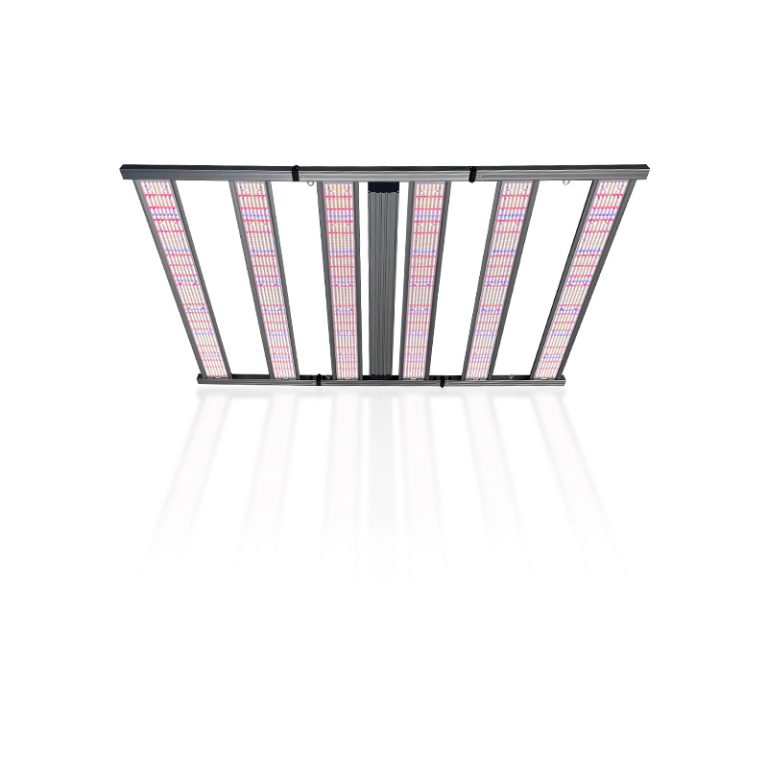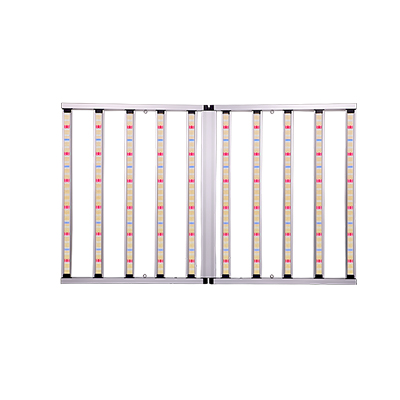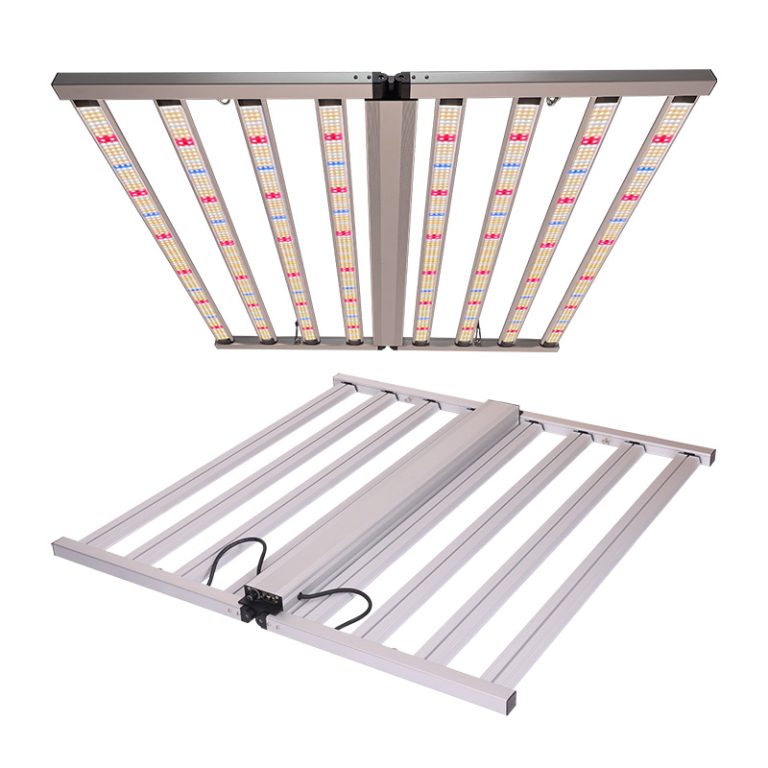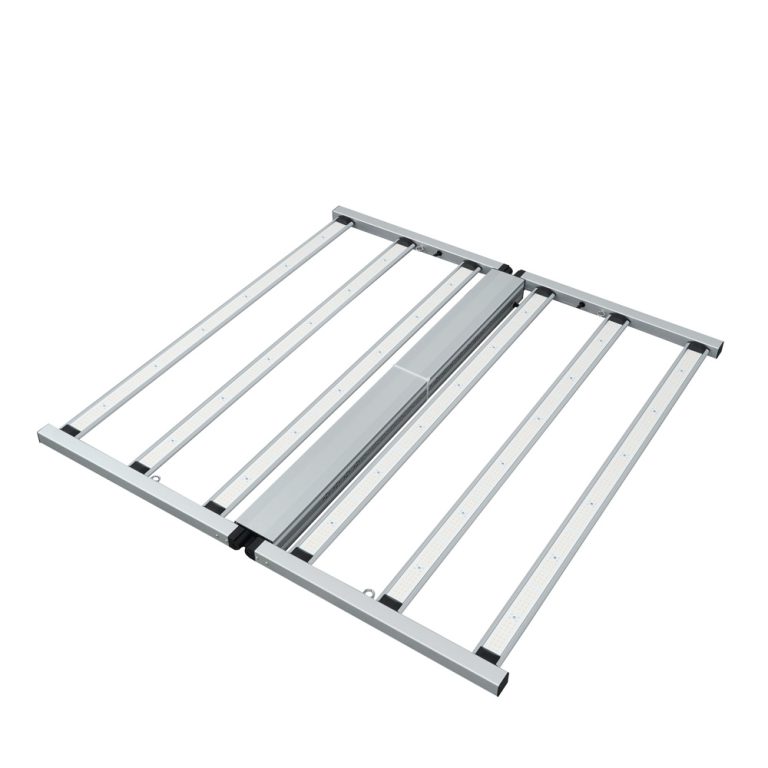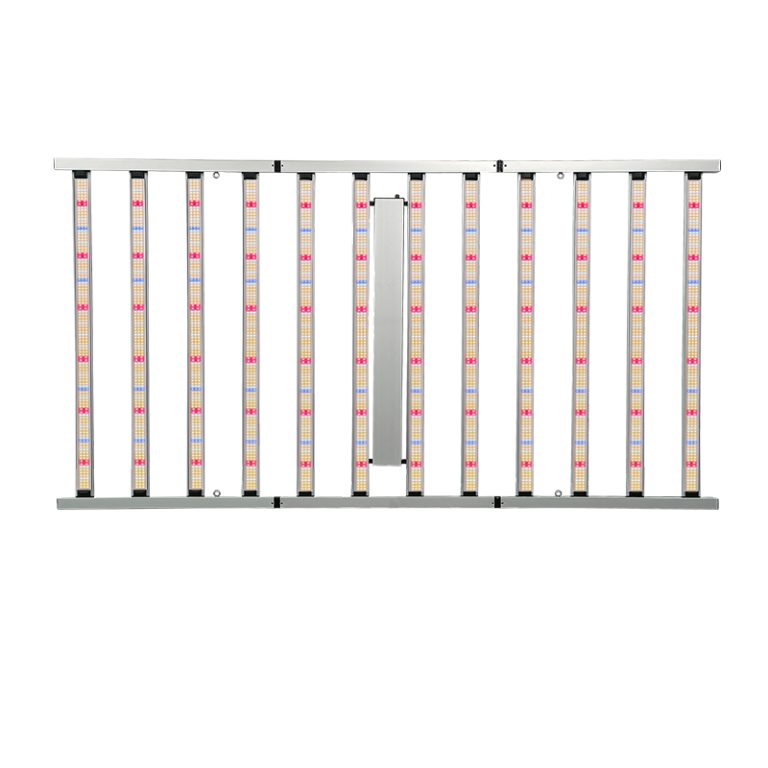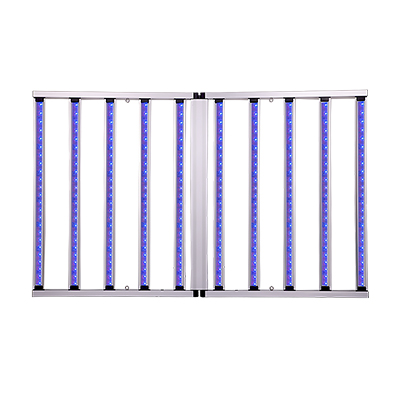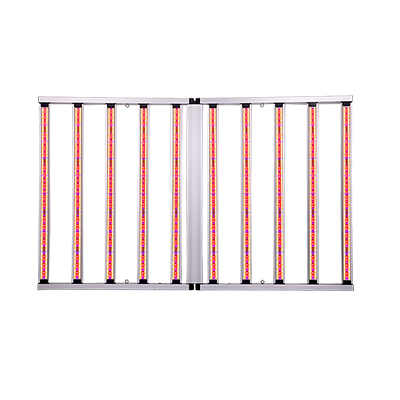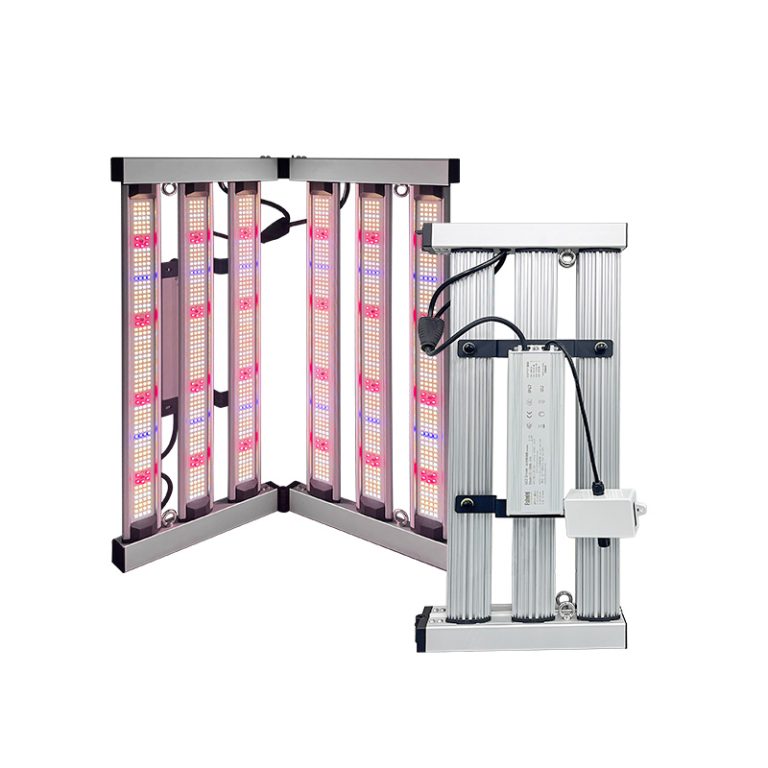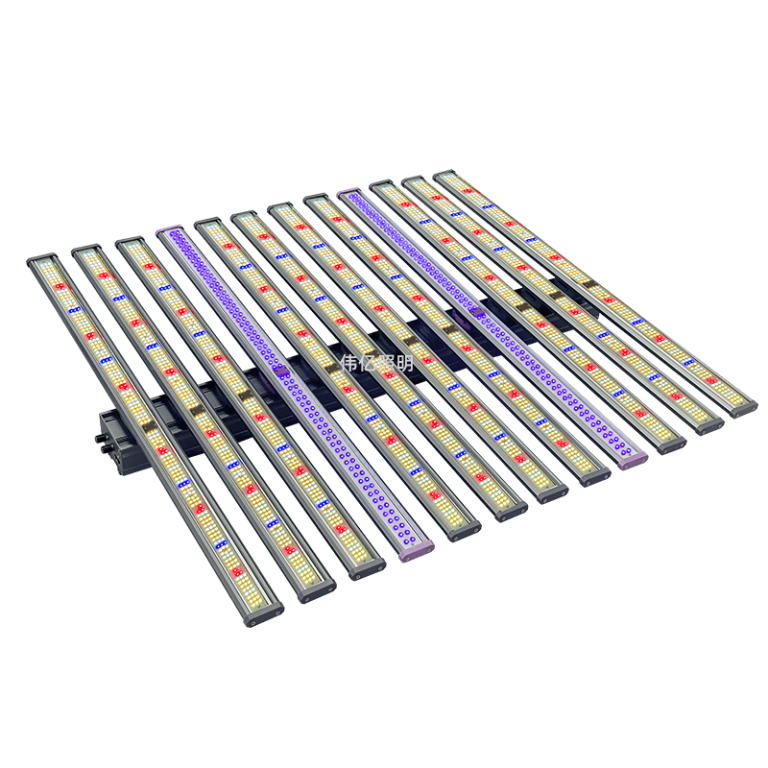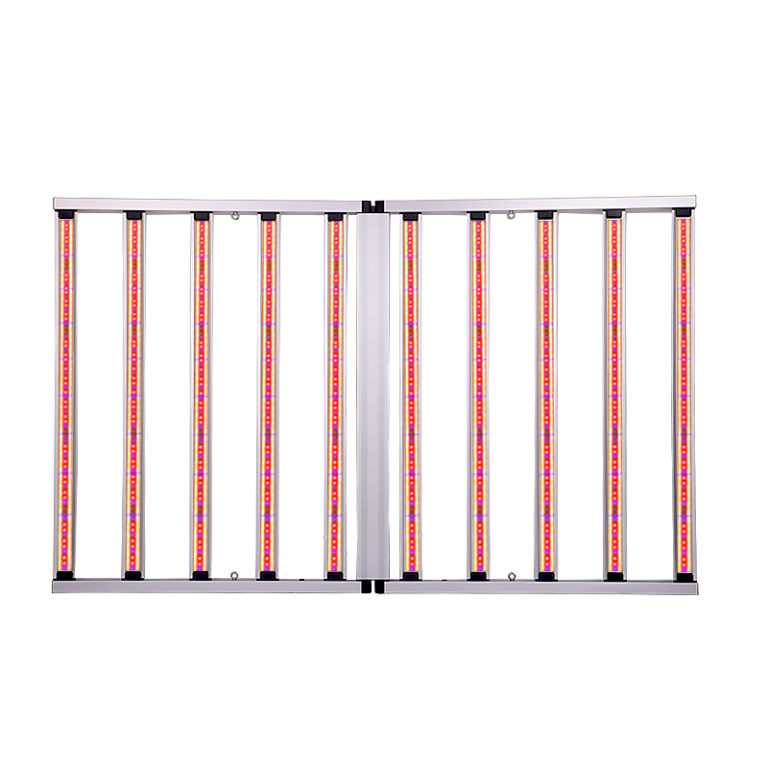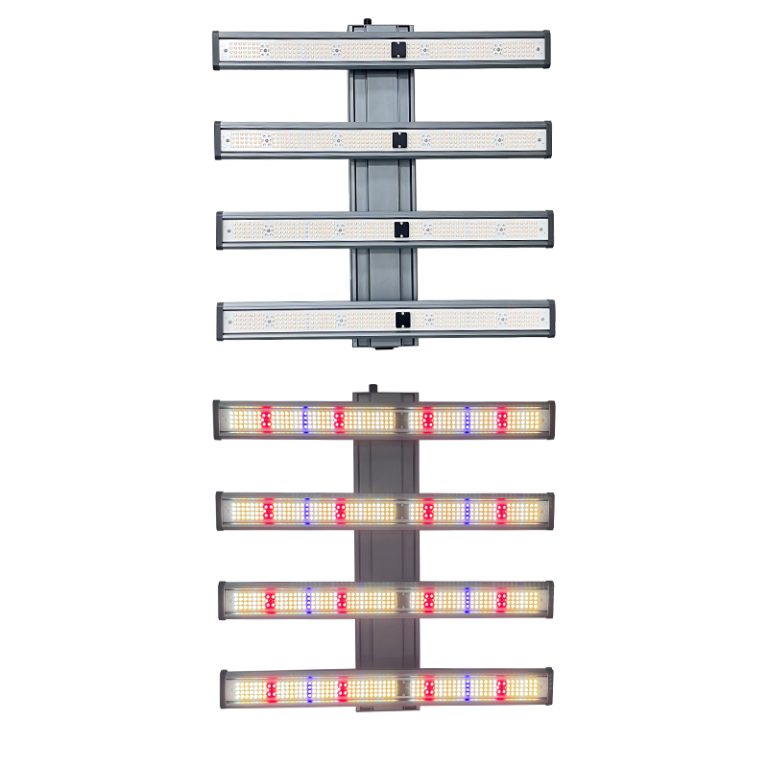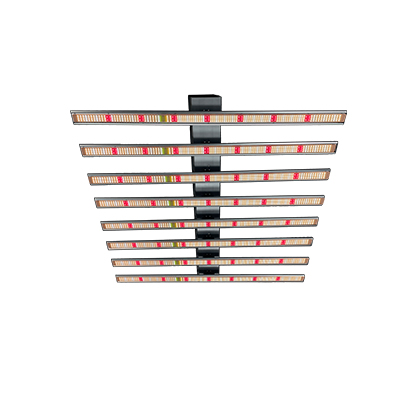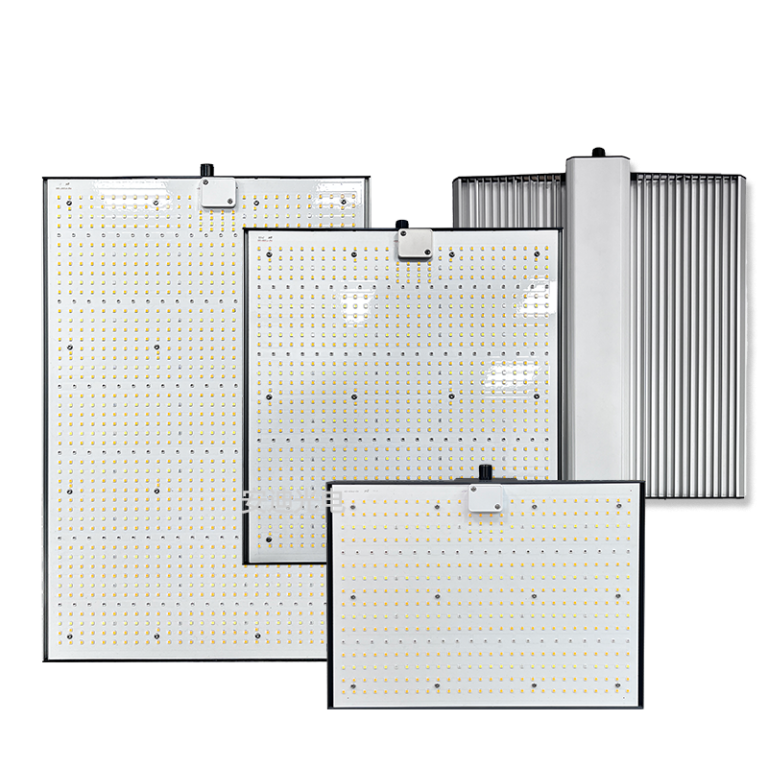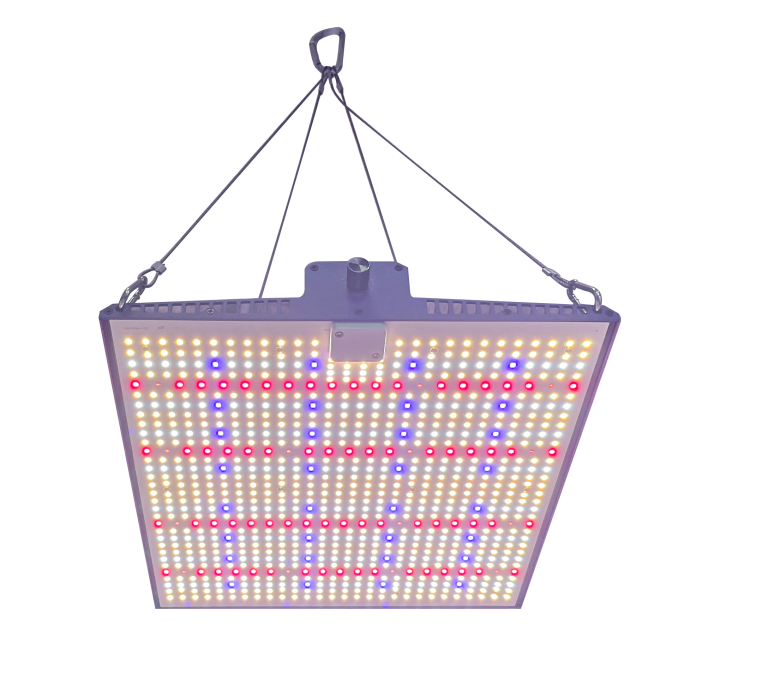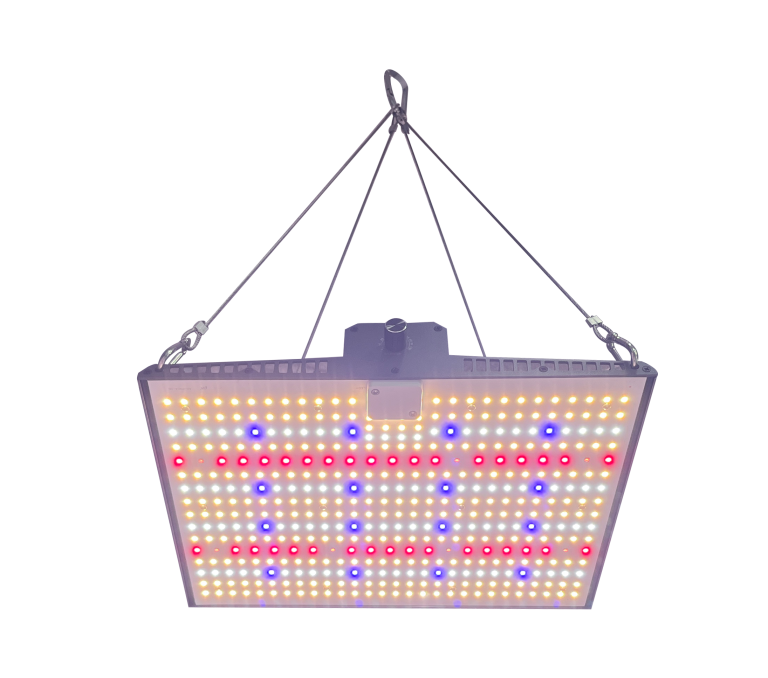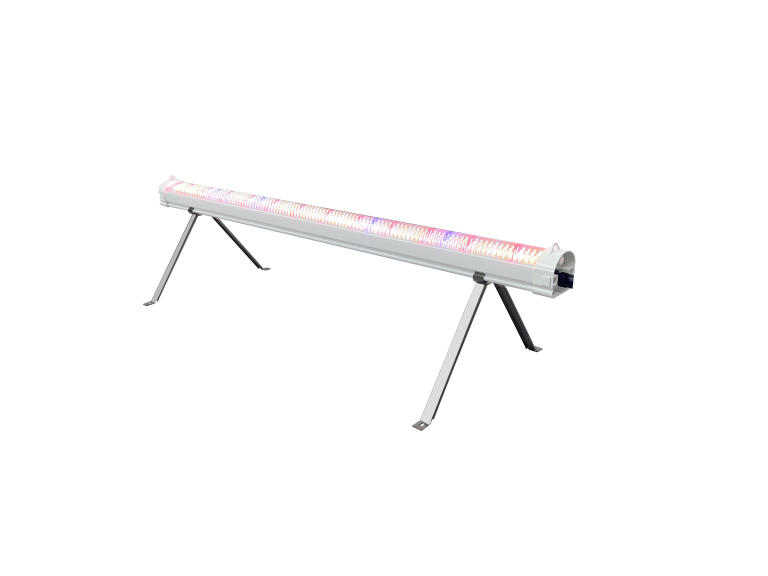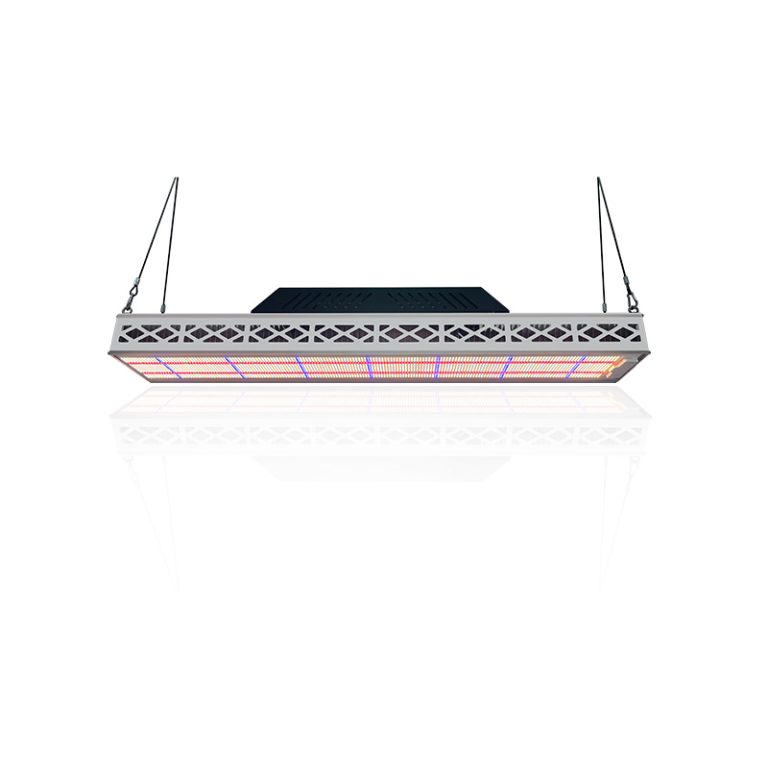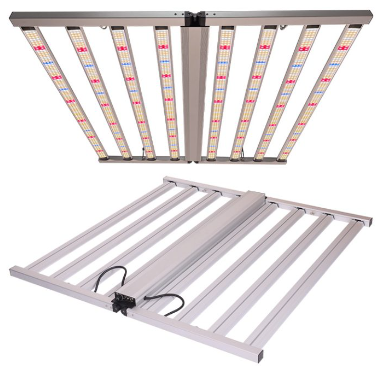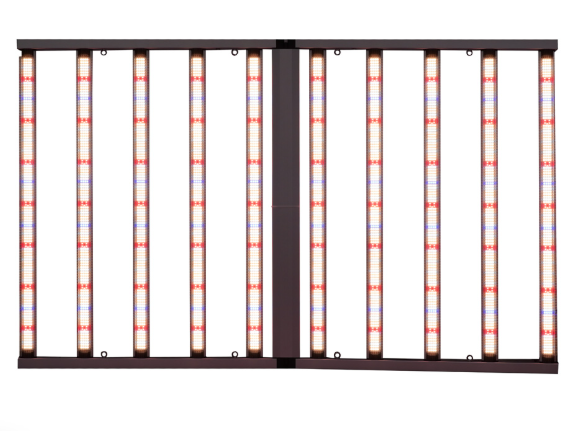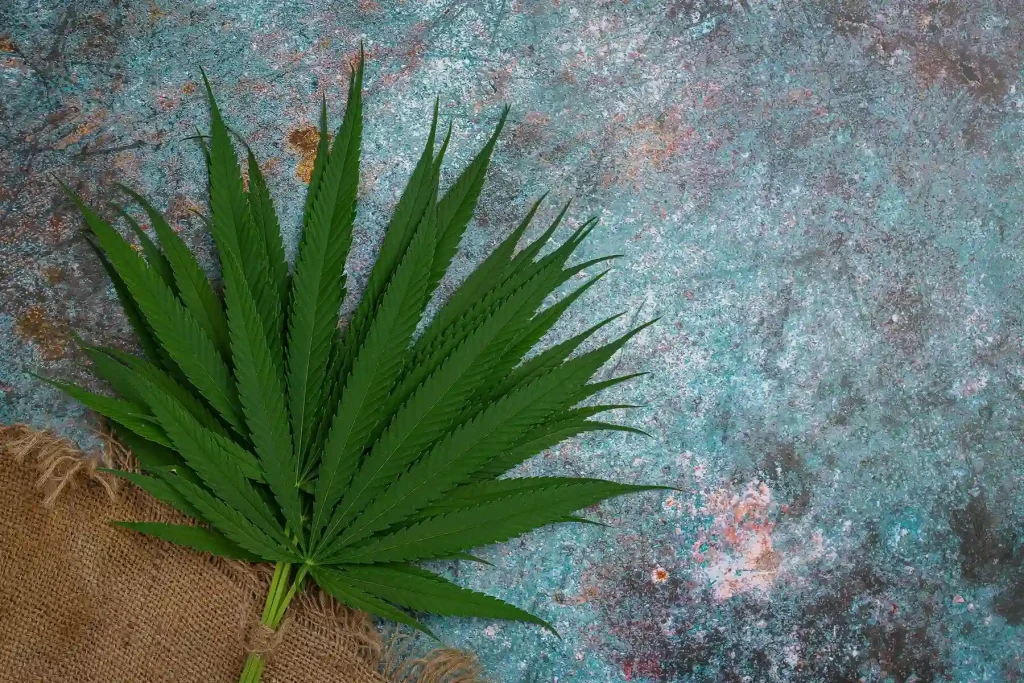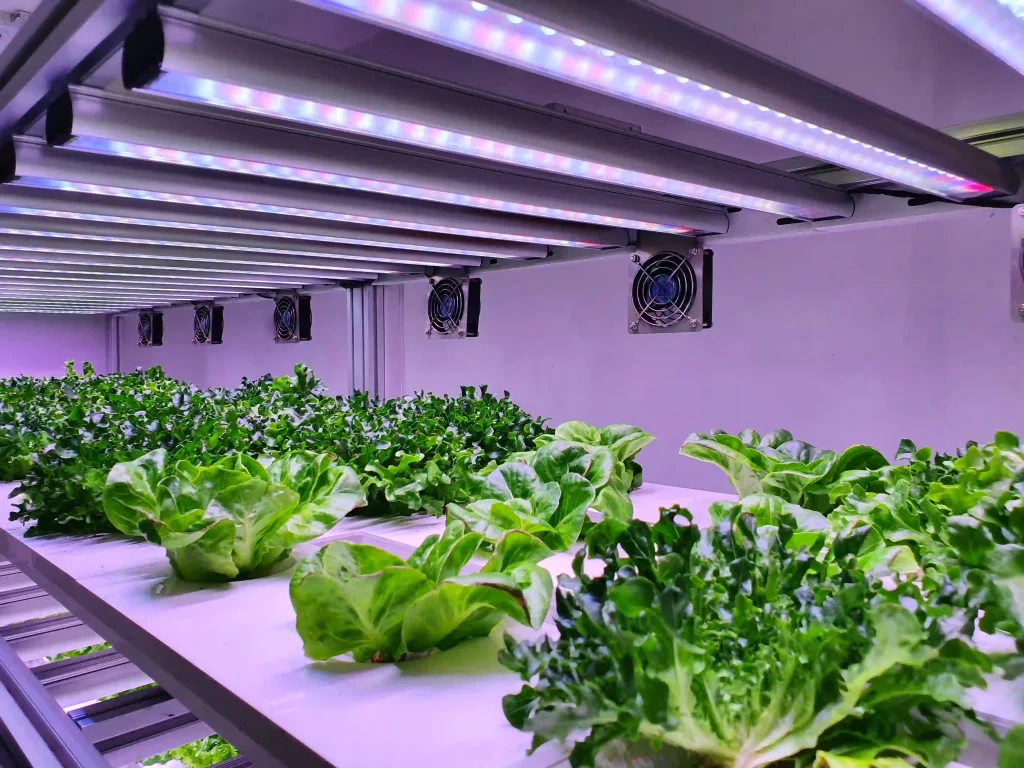Indoor gardening has taken off, and with it, the need to understand essential lighting metrics like Photosynthetic Photon Flux Density (PPFD). This guide will help you unlock the secrets of light intensity, explaining how to tailor PPFD to each growth stage and plant type for maximum yield and plant health.

PPFD is a measurement of the light photons plants use for photosynthesis, specifically the number of photons landing on a square meter of plant canopy per second. It’s expressed in micromoles per square meter per second (µmol/m²/s).
This metric is crucial for determining how much light your plants are receiving from your grow lights. The right PPFD ensures your plants grow optimally, while too much or too little light can cause damage or stunted growth.
Why Proper PPFD Levels Are Critical for Plant Development
Providing the correct light intensity is essential for photosynthesis, the process by which plants convert light into energy. Since indoor plants rely on artificial light sources, choosing grow lights with the right PPFD is vital for their health.
The effects of incorrect PPFD levels:
- Overexposure: High PPFD can lead to leaf burn and plant stress.
- Underexposure: Low PPFD can stunt growth, leading to weak plants and lower yields.
By monitoring and adjusting your grow light’s PPFD output, you can ensure your plants are getting the right amount of light energy.
How to Determine the Right PPFD for Your Indoor Plants
Each growth stage requires different PPFD levels to promote healthy development. Here’s an overview:
- Seedling Stage: Tender young plants need gentle light. PPFD should be between 100-300 µmol/m²/s.
- Vegetative Stage: During this phase, plants need more light to fuel root and foliage growth. Aim for 300-600 µmol/m²/s.
- Flowering Stage: The highest PPFD is required here for optimal flower and fruit production, usually 600-900+ µmol/m²/s.

Not all plants have the same light requirements. Sun-loving species, such as tomatoes and peppers, thrive under higher light levels, especially during flowering. On the other hand, shade-tolerant plants, like ferns, do well with lower PPFD levels.
Tools and Techniques for Measuring PPFD
To ensure your plants are getting the right amount of light, use a quantum light meter to measure PPFD at canopy level. This helps you understand the light intensity your plants receive across their growing area.
If you notice uneven PPFD distribution or readings outside the recommended range, adjust the light height or intensity to create a balanced environment.
At Shenzhen Andy Photoelectric Technology Co., Ltd., we offer a range of LED grow lights with precise light control features, allowing you to easily fine-tune PPFD levels according to your plant’s needs.
External Factors That Impact PPFD
Several environmental factors can influence how much PPFD your plants require:
- Temperature & Humidity: High temperatures and low humidity levels can increase a plant’s need for light.
- CO2 Levels: Elevated CO2 levels can enhance photosynthesis efficiency, reducing the PPFD required.
Ensuring consistent PPFD, along with managing these external conditions, helps create the ideal environment for indoor plant growth.
Best Practices for Using PPFD to Boost Indoor Plant Yield

- Take regular PPFD readings across your growing area.
- Adjust light height and positioning to ensure even light coverage.
- Use supplemental lighting, such as red-spectrum lights, during the flowering stage for enhanced blooming and fruit production.
At Shenzhen Andy Photoelectric Technology Co., Ltd., our full-spectrum LED grow lights are engineered for optimal PPFD delivery, making it easy to create ideal growing conditions for all plant stages.
Conclusion: Achieve Superior Growth by Mastering PPFD
Understanding and optimizing PPFD can significantly improve your indoor gardening success. Whether you’re growing herbs, vegetables, or flowers, adjusting your grow lights to deliver the right PPFD at each growth stage will enhance plant health, yield, and overall quality.
Explore our range of customizable LED grow lights at Shenzhen Andy Photoelectric Technology Co., Ltd., and start maximizing your harvest today!

